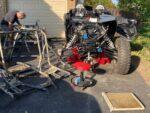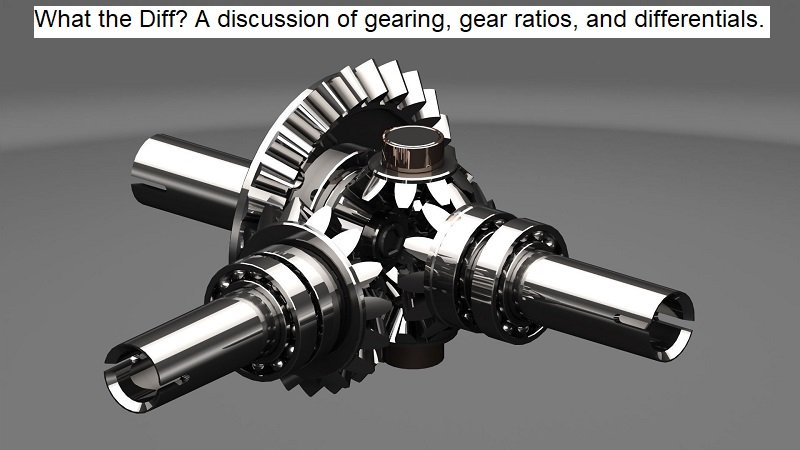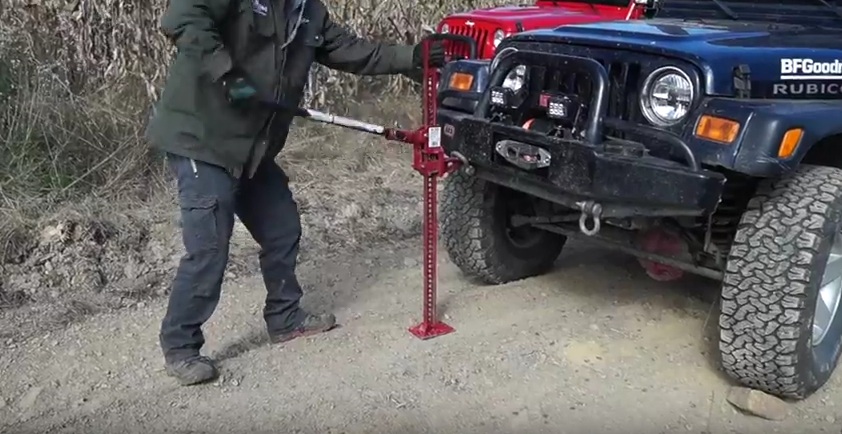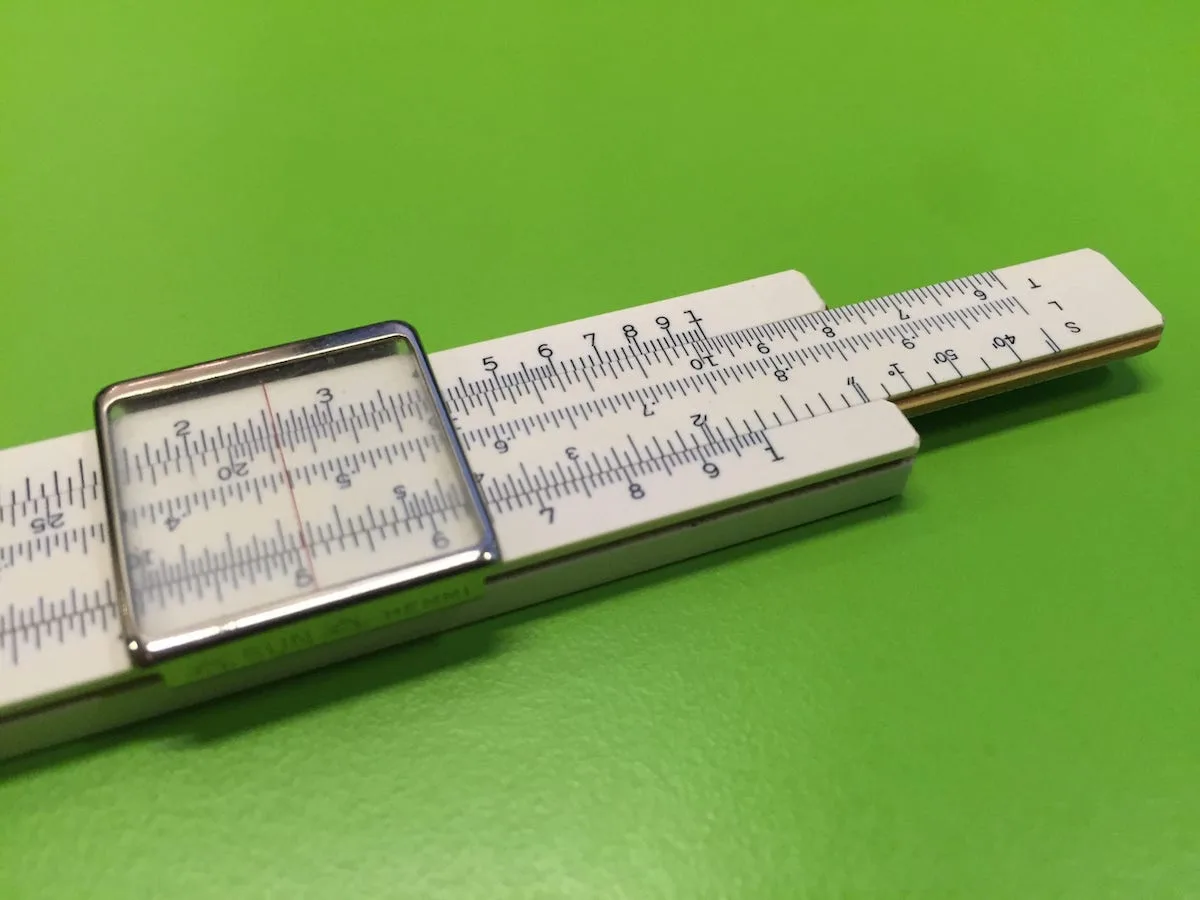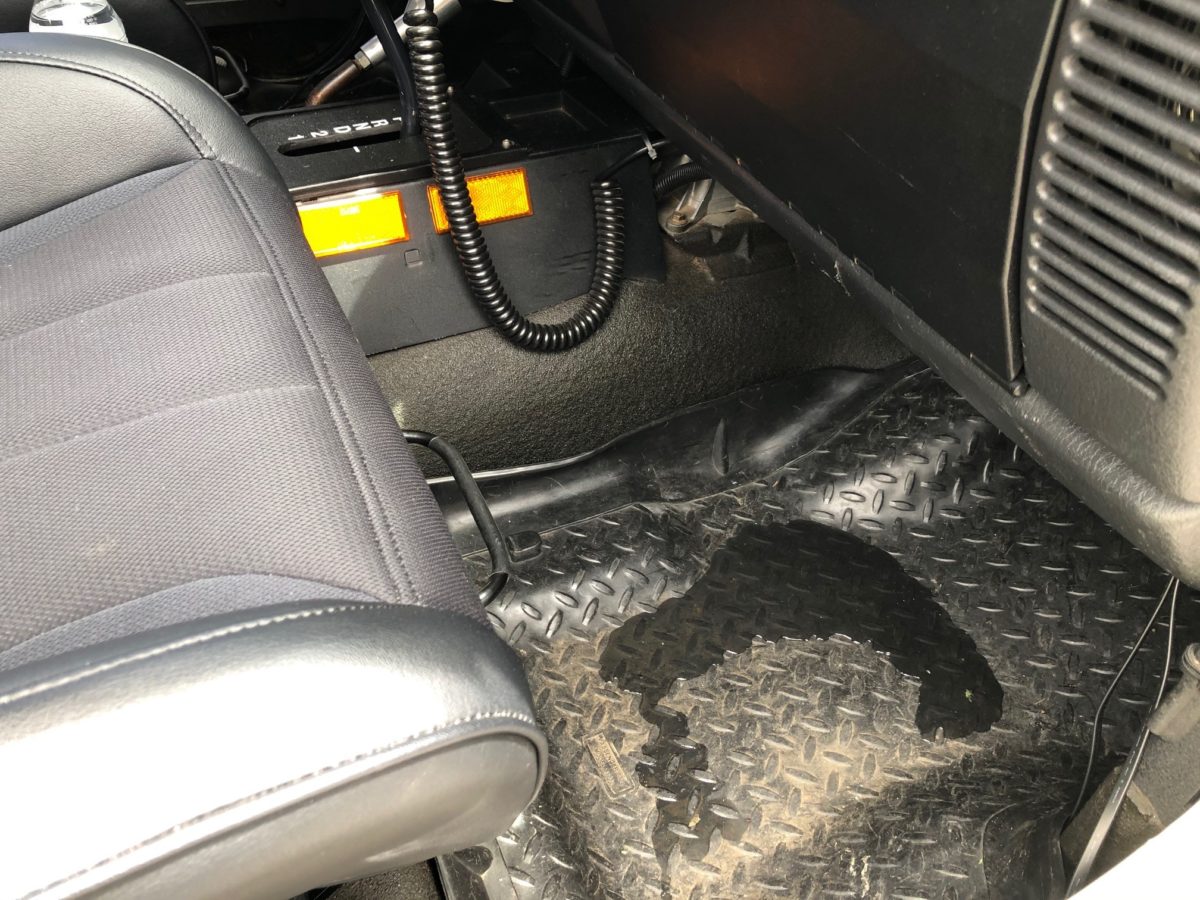So last week we talked about gear ratio and how to calculate your effective gear ratio. This week I want to dive into an important and definitely more complicated calculation. How to calculate your crawl ratio.
What is Crawl Ratio?
Crawl ratio is the lowest combined gear ratio of your vehicle. It takes into account transmission ratio, transfer case ratio, and differential gear ratio. It does not take into account tire size as the calculation is only to determine the vehicles maximum mechanical advantage.
Why is Crawl Ratio Important?
If you take your vehicleoff-road in tough technical terrain maximizing crawl ratio allows you to tackle obstacles at a slow controllable speed without riding the brakes or having to apply constant throttle to avoid stalling.
Pick a gear, point the nose, and go for the obstacle. A crawl ratio in the 50-60s is great for a daily driven vehicle, in the 80s is the sweet spot for a daily driven vehicle that sees extensive off-road time, and anything from 110 – 130 is maximized for crawling. Over 130 is considered excessive and offers little to no additional benefit.
How to Calculate Crawl Ratio
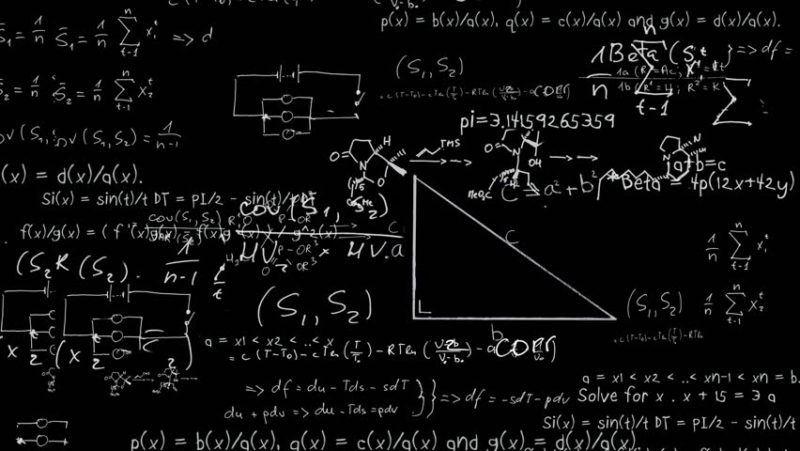
This calculation is really straightforward. Take your transmission first gear ratio * transfer case ratio * differential ratio. The Jeep
One issue I have with this as a tool is not taking into account tire size. When you install larger tires it changes the speed of the vehicle and it reduces the available torque at the wheel itself. Without getting super complex into calculations the larger diameter tire travels further per revolution so at any given speed you are at a lower RPM than with a smaller tire. From the factory 33’s to my current 37’s it’s a drop of 185 RPM at 2 MPH. Not a big change but the difference in the torque curve is noticeable at that low RPM.
With the proposed gear change to 4.88 in the axles, the RPM will jump to just over 1800 from approximately 1530 and put it back into the meat of the torque curve. Here is how I calculated engine RPM. (Axle Ratio x Vehicle Speed x Transmission Ratio x 336.13) / Tire Diameter. 336.13 is used to convert the number to RPM 63360 inches per mile / (60 minutes per hour x 3.14) 3.14 is Pi.
The gear change also gives a crawl ratio of 100.1:1. Use the calculator below to determine your engine RPM and play around to see what your crawl ratio is and how tire changes will affect your vehicle driving dynamics.
Did you like this article?
Tell us what you though of the article. Too technical, not enough information, super helpful? I always want to provide the most useful information and that starts with feedback from you!

